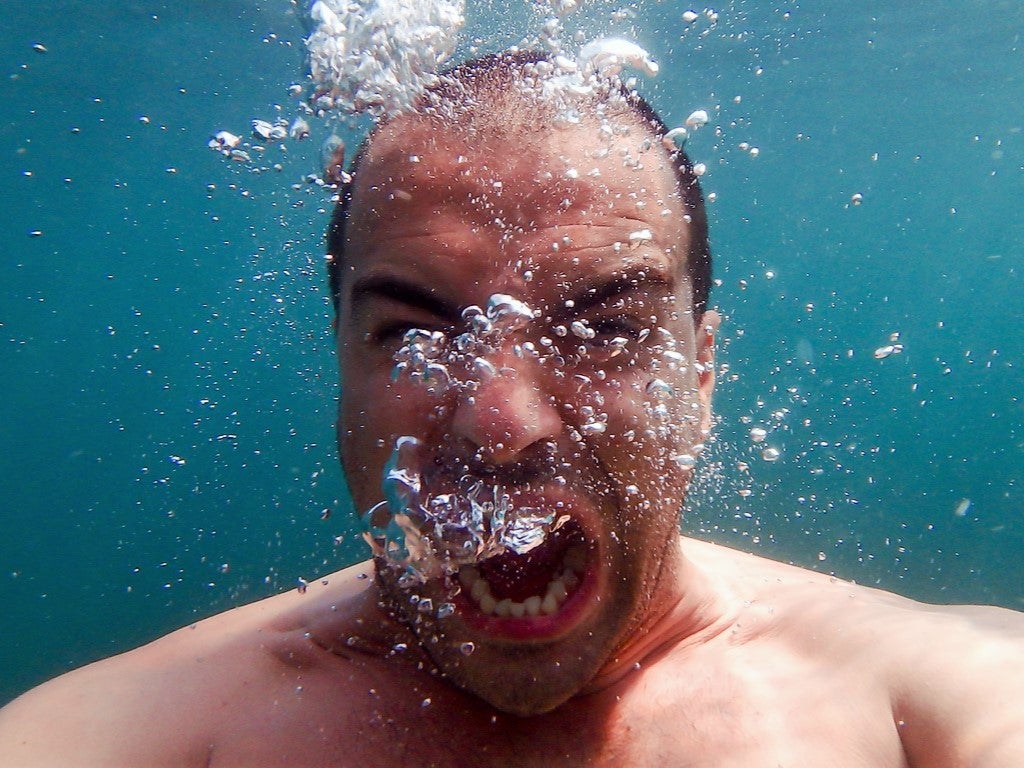Scientists invent messaging app that ‘brings underwater communication to the masses’
AquaApp has the potential to ‘change the status quo by democratising underwater technology’, says University of Washington professor

Your support helps us to tell the story
From reproductive rights to climate change to Big Tech, The Independent is on the ground when the story is developing. Whether it's investigating the financials of Elon Musk's pro-Trump PAC or producing our latest documentary, 'The A Word', which shines a light on the American women fighting for reproductive rights, we know how important it is to parse out the facts from the messaging.
At such a critical moment in US history, we need reporters on the ground. Your donation allows us to keep sending journalists to speak to both sides of the story.
The Independent is trusted by Americans across the entire political spectrum. And unlike many other quality news outlets, we choose not to lock Americans out of our reporting and analysis with paywalls. We believe quality journalism should be available to everyone, paid for by those who can afford it.
Your support makes all the difference.Scientists have invented a new messaging app that they claim offers the biggest leap in underwater communication between humans since hand signals.
AquaApp, developed by researchers at the University of Washington in the US, can be used on billions of existing smartphones and smartwatches through acoustic-based software.
It allows snorkelers and scuba divers to select from 240 pre-set messages in order to communicate information ranging from oxygen levels to the proximity of aquatic species.
The vocabulary is equivalent to the number of hand signals employed by the most advanced professional divers.
AquaApp negates the need to learn these signals for the millions of people who scuba dive and snorkel recreationally, while also providing a way for professionals to communicate across greater distances and in low visibilty.
“Smartphones rely on radio signals like WiFi and Bluetooth for wireless communication. Those don’t propagate well underwater, but acoustic signals do,” said Tuochao Chen, a doctoral student at the University of Washington and co-lead author of a study detailing the interface.
“With AquaApp, we demonstrate underwater messaging using the speaker and microphone widely available on smartphones and watches.”
It works by sending and receiving acoustic frequencies from one device to another and is capable of working at distances of up to 100 metres. After downloading the app, a user only needs to make sure they have a smartphone with suitable water resistance capabilities, or a waterproof case.
“AquaApp brings underwater communication to the masses,” said University of Washington professor and senior author Shyam Gollakota.
“AquaApp has the potential to change the status quo by democratising underwater technology and making it as easy as downloading software on your smartphone.”
The study detailing AquaApp was presented at the Sigcomm 2022 conference in Amsterdam on 25 August.

Join our commenting forum
Join thought-provoking conversations, follow other Independent readers and see their replies
Comments